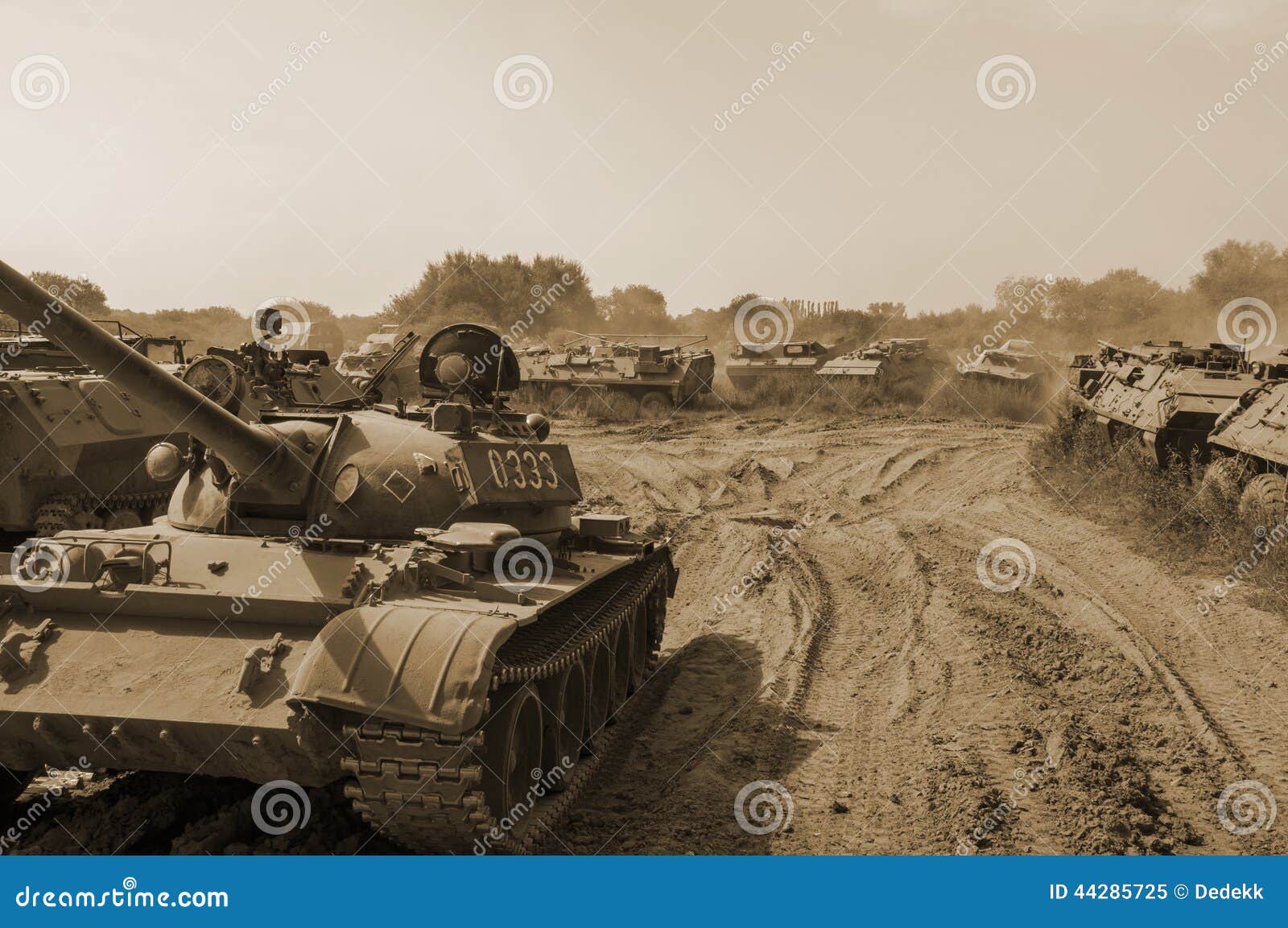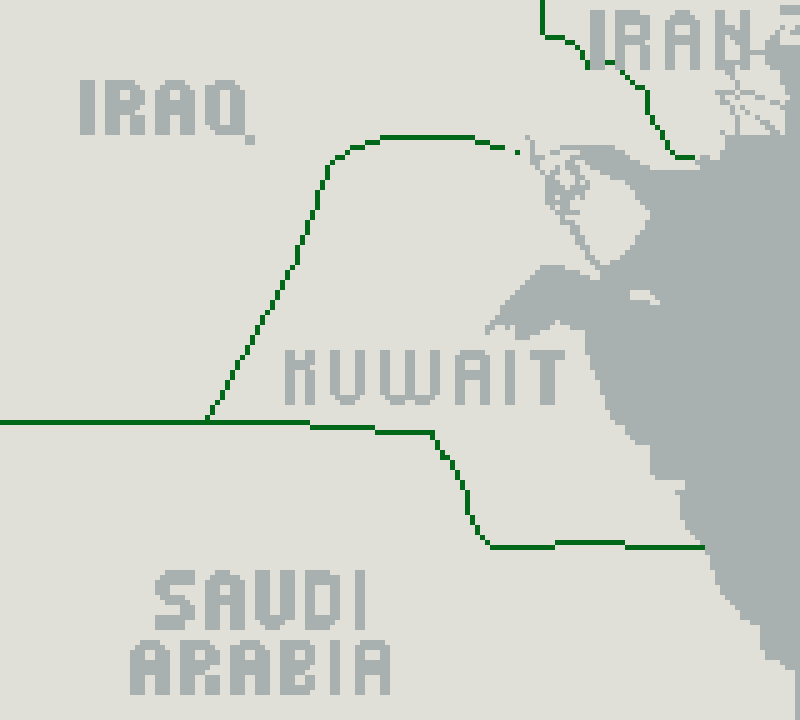


Marine tank-busting gunship squadrons were the first of their type into the theater they were essential to protecting Saudi Arabia, which shares borders with both Iraq and Kuwait, and its expansive oil resources. Marines arrived in theater quickly and were ready to fight, thanks to prewar logistics planning that included maritime prepositioned ships and logistic support ships. aviation became organized under the control of a Joint forces air component commander (JFACC). 2 An additional mission was to support Joint operations mandated by the Goldwater-Nichols Department of Defense Reorganization Act of 1986, in which all U.S. 1 More than 40 squadrons, which included some 15,000 Marines and nearly 400 aircraft, deployed to the Gulf to make this happen. Marine Corps warfighting doctrine held that a close air-ground synthesis existed to maximize combat success through the application of Marine Aviation’s six functions: offensive air support, air reconnaissance, control of aircraft and missiles, antiair warfare, electronic warfare, and assault support. An integral part of I MEF was its aviation combat element, the 3d Marine Aircraft Wing (3d MAW). Marine Corps deployed the I Marine Expeditionary Force (I MEF) to the Persian Gulf. In response to Iraqi president Saddam Hussein’s invasion of Kuwait on 2 August 1990, the U.S. Marine Corps, Gulf War, Operation Desert Storm, Operation Desert Shield, Persian Gulf, innovation, technology, close air support Keywords: military history, aviation history, U.S. It also tested a new Joint way of fighting that was established by the Goldwater-Nichols Department of Defense Reorganization Act of 1986. Desert Storm tested new Marine aviation procedures, doctrine, equipment, weapons, aircraft, and training that had been introduced after the end of the Vietnam War almost two decades earlier.

More than 40 squadrons deployed to the Persian Gulf to participate in Operation Desert Shield (2 August 1990–17 January 1991), a buildup of troops in Saudi Arabia by a Coalition of 35 nations led by the United States, and Operation Desert Storm (17 January–28 February 1991), the combat phase of the Coalition’s campaign to liberate Kuwait. Marine Corps Aviation went to war on short notice and in a big way. Abstract: When Iraqi military forces under Saddam Hussein invaded Kuwait on 2 August 1990, U.S.


 0 kommentar(er)
0 kommentar(er)
